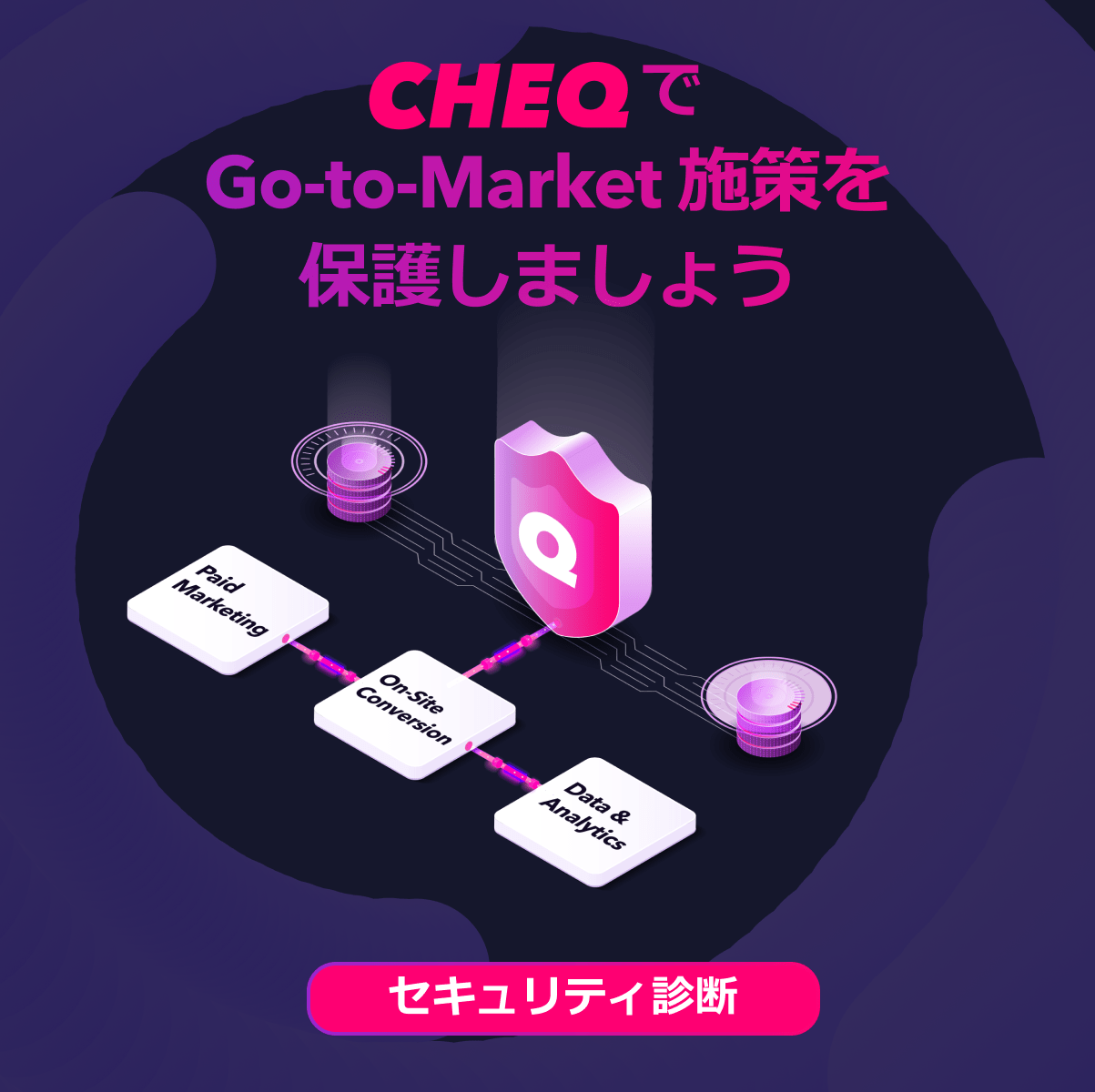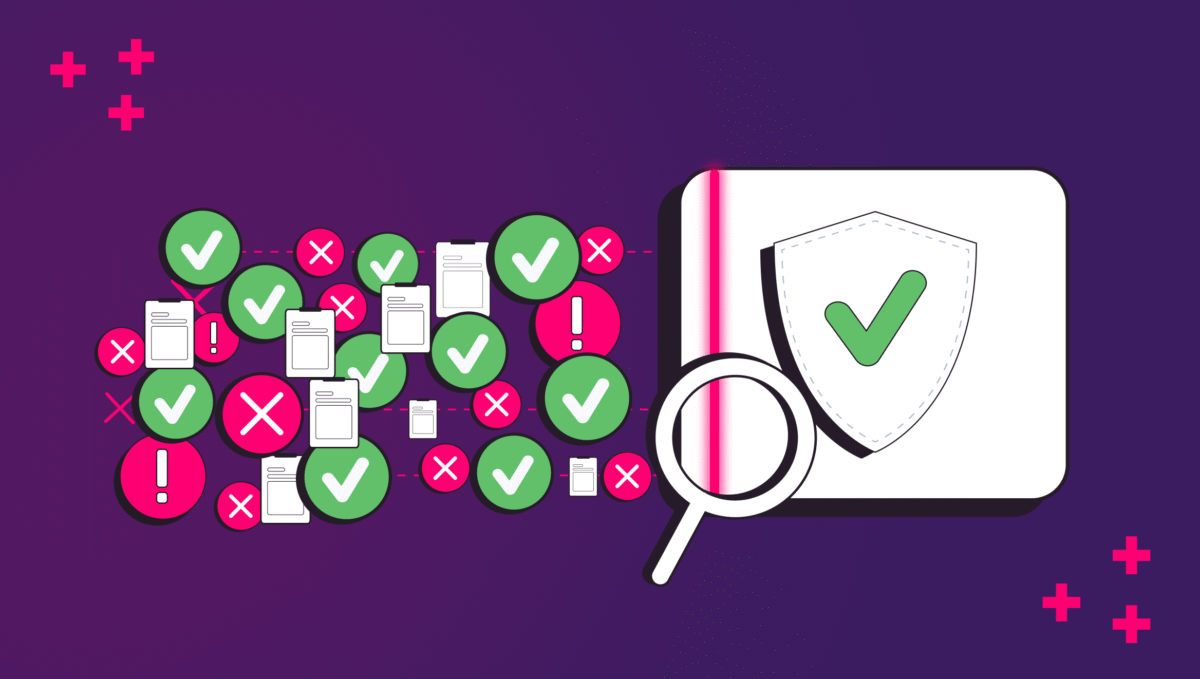The Massive Indirect Cost of Digital Ad Fraud
Leah Gorosch
|Marketing | November 10, 2020

CHEQ and the University of Baltimore have found that the direct costs associated with ad fraud will reach a massive $35 billion in 2020. These are direct costs – unmistakably hitting the bottom line of brands, publishers, and agencies. This is through the practice of fraudulently representing online advertising impressions, clicks, conversions, or data events in order to generate revenue.
Indirect costs in ad fraud
Nevertheless, indirect costs from ad fraud could be even more damaging to marketers. In fact, the US government suggests that to best understand the cost of crime (such as ad fraud) estimates should not only consider direct costs but indirect ones. Indirect fraud may include the impact on quality of life, increasing fear, stagnating spend, or negatively changing buyer behavior where crime operates. It has been found that crime’s most costly factors arise from these less tangible effects.
Indirect Costs in Different Fraud Sectors
It is estimated that an organization loses up to three dollars in indirect costs for every dollar lost to fraud. In the health sector, fraudulent claims are one of the biggest challenges the healthcare sector faces. Assessing indirect costs, The US Food and Drug Administration (FDA) gives the example of scam health products as an indirect cost to the economy – a fraudulent product touted as a cure for diabetes might lead someone to delay or discontinue insulin injections or other proven treatments. In the credit card sector, it is a similar story. An October 2019 American Express Digital Payments Survey finds that 69% of merchants agree that a significant amount of company time and expense is dedicated to dealing with fraud, including wasted labor, manual reviews, lost customer loyalty, and a decline in growth opportunities.
What are the indirect economic costs of ad fraud?
Though almost impossible to calculate the impact of indirect fraud is likely to bring the cost of ad fraud losses closer to $40 billion, according to the University of Baltimore. This is due to a number of reasons.
Lessening of trust
Ad fraud contributes to less trust among actors and provides a long-term threat to digital advertising. Per Bjorke, a senior product manager who leads Google’s ad traffic quality team, describes the situation like this: “It’s very simple. The future growth of Google and other companies hinges on the fact that online advertising is trusted, and that there will be a return on investment on ad budgets … It’s very important for us because people could stop investing in advertisements.”
Executive time investigating and enforcing ad fraud
Brands face a significant loss of time investigating and enforcing ad fraud. In one case, fake ads on social media platforms hit brands, including Patagonia, Microsoft, and Ralph Lauren. This involved leveraging Facebook’s powerful advertising tools to target people with fake promotions for products, and then directing them to other websites siphoning credit card details, or selling counterfeit versions of premium brand products. Patagonia’s associate general counsel, Rob Tadlock describes the investment of resource required to investigate and act against more than 1,500 reports of fake Facebook ads for its products, requiring major investment and resource from its customer and legal service teams. When it comes to bot attacks, indirect costs include the loss of reputation or brand value. A survey of 300 security professionals confirms that indirect costs created a larger shock than more immediate financial loss. Discussing the most damaging effects of DDoS attacks, 78 percent of IT professionals cited the loss of customer trust and confidence as the biggest fear, followed by intellectual property theft and malware infection.
Poor campaign data harming brand strategy
Similarly, bots contaminating data on ad campaigns reflect indirect costs to an organization. Brands may spend additional money on retargeting bots when they could have alternatively been spending money reaching real customers. They are also relying on bot-skewed data in their decision making. In an ongoing court case, sports retailer, TopShelf Golf, was sued for allegedly clicking repeatedly on rival, Motogolf’s pay-per-click online Google ads. This action did not only affect Motogolf.com economically but, according to the court complaint, leads to a loss of ‘valuable demographic data about prospective customers.”
There are countless examples of teams forced to spend time and money investigating cases, while enforcement actions represent a significant indirect cost for businesses fighting click fraud and ad fraud. There have been rising enforcement actions in 2020, by major players such as Google and Facebook and brands like Uber, fighting against ad fraud in courts which are an added but necessary cost to maintaining a brand’s reputation and security.
Conclusion
It is clear that the online marketing ecosystem is affected by the extreme damages of direct fraud, but indirect fraud is less discussed. Such indirect fraud damages are felt across all entities and players within the marketing ecosystem. For instance, a lack of fraud treatment could mean losing an ad network’s reputation and risking its future business with leading advertisers, limiting their media portfolio in exchange for cleaner traffic. Moreover, legitimate networks often lose credit for quality users they provided due to attribution hijacking tactics and affiliate fraud costing brands $4 billion alone in 2020. Indirect fraud affects everyone.
To get back time, free up spend on real leads, and avoid enforcement, many are turning to our click fraud solution to stop ad fraud’s effects – both direct and indirect.
To get a full audit of fraud on all your paid campaigns Request A Demo of CHEQ for PPC, the award-winning cybersecurity click fraud prevention program. It takes minutes to set up and protect your campaigns across all paid search and paid social campaigns, including Google, Microsoft, Facebook, LinkedIn, Twitter, and Snapchat.













